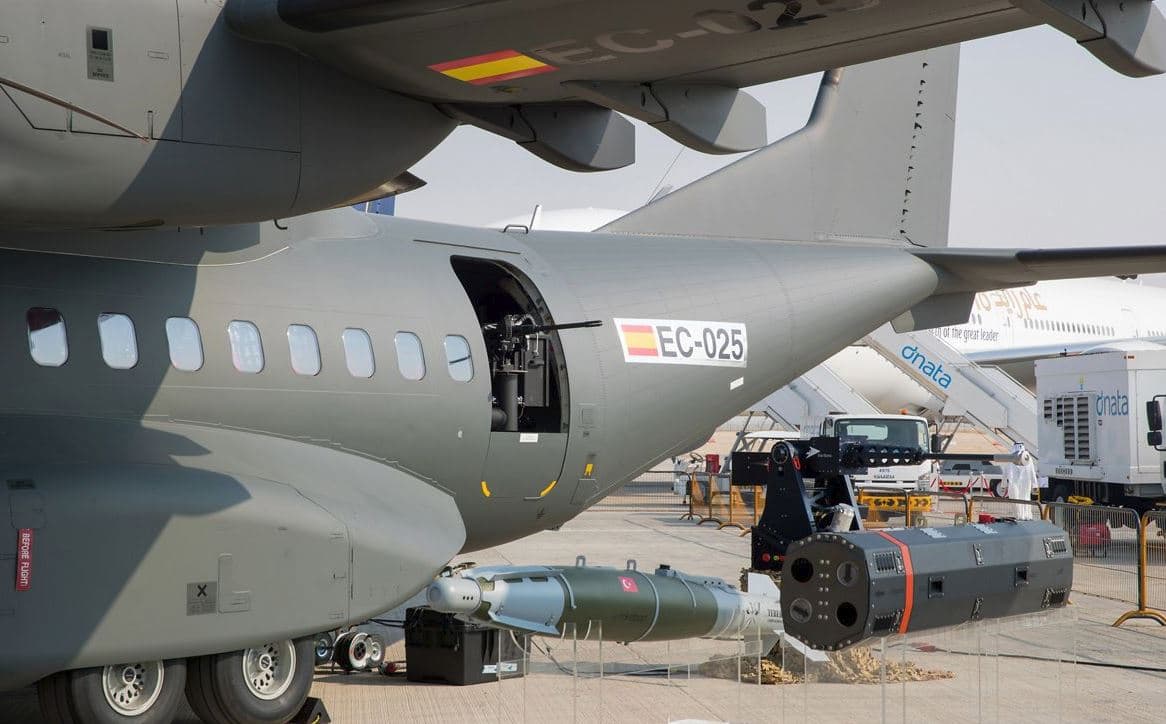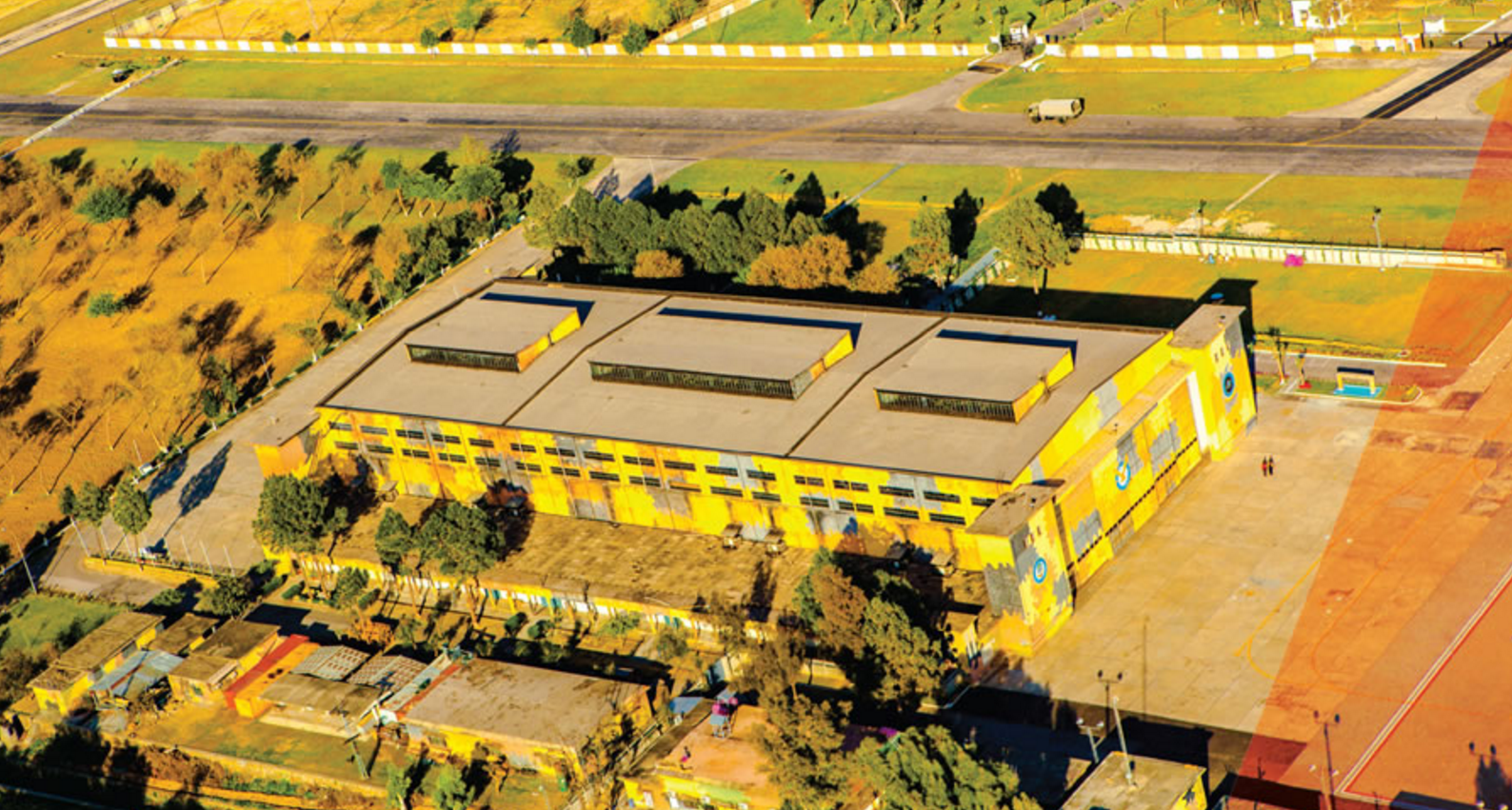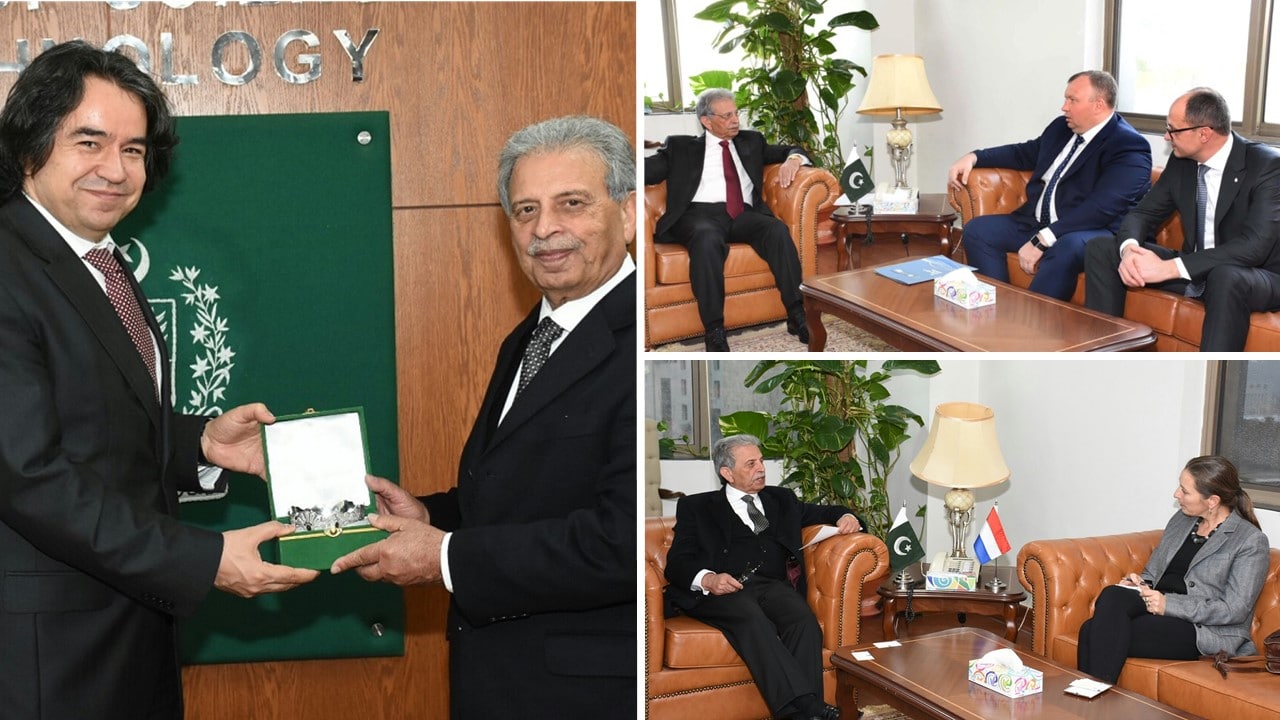16Views 5Comments

Industry positions counterinsurgency solutions at Dubai Air Show
Airbus Defence & Space (DS), Leonardo and IOMAX are pitching current and prospective Middle Eastern customers solutions designed for asymmetrical sub-conventional warfare, especially counterinsurgency (COIN) and counter-terrorism (CT) operations. With emphasis on affordable acquisition and operational costs, the industry is aiming to provide intelligence, surveillance and reconnaissance (ISR) and precision-guided strike capabilities using a range of different platforms, from drones to transport aircraft.
With 50 Falco unmanned aerial vehicles (UAV) in service globally, Leonardo announced that it completed the delivery of its improved Falco EVO to an undisclosed user in the Middle East. Like its predecessor, the Falco EVO – with a payload of 100 kg and endurance of 20 hours – is an ISR platform meant for building situational awareness as well as target identification and acquisition.
However, for strikes, the Aviation Industry Corporation of China (AVIC) has strong portfolio of armed UAVs. Among these is the Cloud Shadow, a jet-powered UAV available in three variants: image intelligence (CS-1), electronic intelligence (CS-2) and reconnaissance-strike (CS-3). The CS-1 and CS-2 each have an internal payload of 200 kg. The CS-3 can carry 400 kg, which is available through four hardpoints.
Having made inroads in the regional market through the United Arab Emirates (UAE), IOMAX is hoping to secure additional sales for its Archangel Strike Platform. Like competing turboprop-based attack aircraft for COIN, the Archangel – powered by a single Pratt & Whitney PT6A-67F – establishes value as a lower-cost option to fast jets for deploying guided munitions in low-intensity combat environments.
With the Thrush S2R-660 as its base platform, the Archangel can deploy over 1,300 kg in payload through six wing-based hardpoints. Load options include laser-guided bombs, anti-tank guided missiles (ATGM) and laser-guided rockets. To bolster its versatility, IOMAX is also offering its Flexible Pod integrated with an electro-optical and infrared (EO/IR) sensor turret, video data-link, countermeasures systems and points for connecting other ground-facing sensors, such as synthetic aperture radar with ground-moving target indicator (SAR/GMTI). IOMAX is hoping to secure additional UAE orders, while also adding Saudi Arabia, Jordan, Kenya and Egypt as among its customers.
Airbus DS is showcasing its newly launched C295 Armed ISR. While demonstrating the C295’s strengths as a versatile special mission aircraft platform, Airbus DS is aiming to give prospective air arms an analogous close air support (CAS) and area-suppression asset to the venerable AC-130. The C295 Armed ISR comes with a Rheinmetall BK27 27 mm cannon and compatibility with laser-guided ATGM, rockets and bombs.
Although the C295 Armed ISR is not as heavily armed as the AC-130, it is an accessible platform in terms of both market access and cost. In fact, the latter is a key positioning point for Airbus DS as it pitches the C295 as a base platform for a variety of multi-mission solutions, be it transport, ISR, CAS and others. Airbus DS can sell countries on maintaining streamlined logistics and maintenance infrastructure while fulfilling many distinct requirements. Moreover, current C295 operators are potential C295 Armed ISR customers.
Notes & Comments:
For the industry, fulfilling apparent requirements for COIN operations appears to be a major opportunity area. The aforementioned are a subsection of the options available on the market to prospective air arms.
For example, in the turboprop-powered attack aircraft space, IOMAX is competing with Sierra Nevada Corporation and Embraer, Turkish Aerospace Industries (TAI), Air Tractor and within the UAE itself through Calidus. There is limited variance in the cost of powerplants as most (if not all) of these aircraft use a PT6 variant, but cost of manufacturing airframes and sourcing sensors, avionics and weapons could be areas where these companies will compete on cost.
Likewise, the armed and ISR drone market has also become dense with ITAR (International Traffic in Arms Regulations)-free options, especially in China, but in Turkey, South Africa and potentially other countries as well. Interestingly, the proliferation of drones might accelerate growth in the communication satellite (SATCOM) industry, be it satellite design, manufacturing and launch or SATCOM services. Drone vendors, including China, are respecting the range limitations of the Missile Technology Control Regime (MTCR) by capping the radio line-of-sight ranges of their drones to below 300 km. However, UAVs and satellites are separate industries, some countries might aim for beyond-line-of-sight range by acquiring SATCOM. The key limiter in this respect could be the SATCOM transponder industry (connecting UAVs to SATCOM).
Regarding the C295 Armed ISR, it is unclear how much utility a light gunship would have if the same buyers have turboprop attack aircraft and UAVs. The armament payload of the C295 is relatively limited (as these weapons are loaded to the wing, attached to the fuselage or side doors). It is unlikely that these would be at the center of CAS operations. Airbus DS is cognizant of this fact, hence its decision to designate the platform as ‘Armed ISR’ – i.e. hinging the aircraft to primarily ISR, but with contingency attack capabilities.
Pakistan has been using C-130B/Es equipped with FLIR Systems Star Safire III EO/IR turrets with BRITE Star II laser target-designators for ISR and target acquisition (ISTAR). Moreover, these “FLIR Herks” carry army personnel to view the EO/IR turret’s sensor feed in real-time. It would be interesting if Airbus DS extends this concept (if it has not already) by configuring the C295 with EO/IR and SAR/GMTI sensors integrated to onboard human-machine-interfaces and tactical data-link feeds. This platform could serve as a robust ISTAR asset to support dedicated attack platforms and coordinate ground operations.


